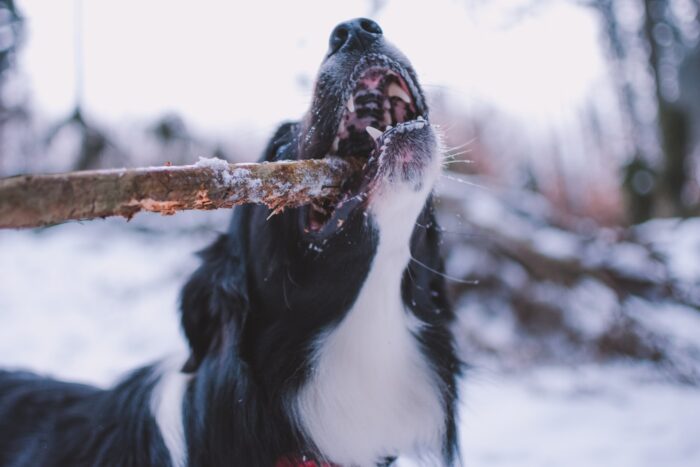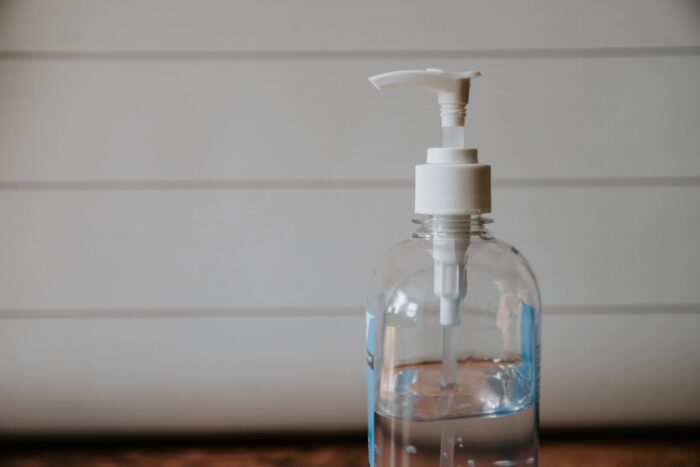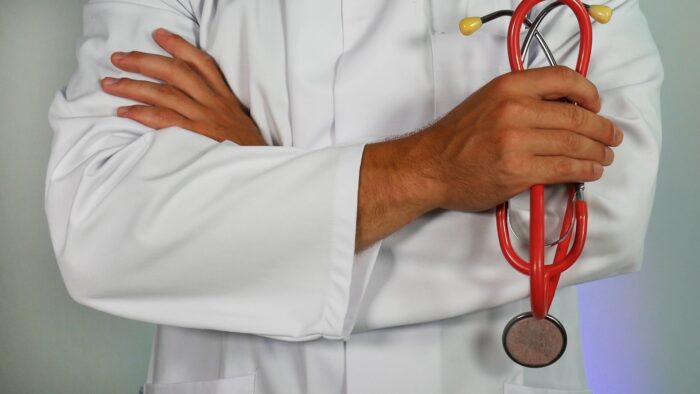
Dogs are known far and wide as some of the most loyal and loving creatures known to man, owned by millions of Americans and beloved for their friendly, affectionate nature, but not all dogs are cute and kind. There are aggressive dogs out there that can pose a real risk to people of all ages, and if you get bitten by a dog, it’s urgent to act fast and take the right steps.
Many people assume that it’s only strays or aggressive dogs that bite, but the stats actually show that, in most cases, dogs you know are the most likely to bite you. Even dogs that have been your friendly canine companions can turn around and bite you in the heat of the moment, perhaps during a slightly exuberant play session or if you accidentally hurt them somehow.
Either way, even though most bites aren’t fatal and don’t require any serious medical treatment, they can get infected and can prove to be quite nasty if left untreated. With this in mind, let’s take a look at what action you should take if a dog bite occurs in order to treat the wound, prevent infection, and avoid any long-term damage or undesirable side effects.
Consider Legal Action

Before we get to the medical care steps, it’s important to note that if a dog owned by someone else bit you and wasn’t properly restrained in any way, you may be able to take legal action against the owner to compensate you for medical costs, as well as receive damages for any possible trauma or pain you experienced. However, if you do want to take legal action, it’s important to act fast.
As Abels & Annes, P.C. Personal Injury Lawyers point out, “The sooner you speak with an experienced dog bite injury lawyer after suffering an injury, the better your chances of recovering the compensation you deserve.” So, even though the statute of limitations for dog bites can be around two years, on average, it’s wise to act sooner, rather than later.
Wash the Wound
Now let’s look at how to care for any dog bite wounds you incur. First of all, the wound will need to be washed. This will help to reduce the risk of infection, clearing away any dirt, debris, dog saliva, and so on. Try to hold the affected area under warm running water for five to ten minutes.
You may also use some mild soap to gently disinfect the area, preventing the build-up of bacteria that could cause infections to occur later on. This can be so important when it comes to dog bites, as you never know what kinds of infections might be passed into your blood from a dog’s mouth.
Stop or Slow the Bleeding
Next, you’ll need to focus on slowing or stopping the bleeding, depending on how severe the wound happens to be. To do this, make use of a clean piece of cloth or other material and apply some pressure to the damaged area.
With time, the bleeding should begin to slow down and stop as the body’s natural healing processes start to kick in. In bites that are bleeding quite profusely, it’s important to stem the bleeding as soon as possible to prevent the victim from losing consciousness.
Disinfect

If you have some kind of disinfectant spray or antibiotic cream, this is the time to apply it. Disinfecting wounds is such an important step in treating them, helping to prevent infections from occurring. Often, the infection is the worst part of the wound and will delay the recovery process by days or even weeks, so it’s important to stop this from happening in the first place.
Make sure to apply sufficient disinfecting products, following the necessary instructions on the bottle or label in order to get the best results. Once this part of the process is complete, you’ll be able to apply a sterile bandage over the affected area, which also helps to reduce the risk of additional infection and gives the wound time to start healing.
See a Doctor

Once a wound has been cleaned and bandaged, it’s recommended to see a doctor. Even if you think that the wound isn’t too bad, it’s important to get expert medical advice, and doctors will be able to run tests, apply strong ointments and remedies to prevent infection, and perhaps even prescribe you with antibiotics if required.
Some larger dog bite wounds may even require stitches to help them heal and assist with stopping the bleeding, while others may show signs of infection that a doctor will be able to easily identify and treat. Again, it’s worth repeating that even the smallest bites and wounds that don’t seem serious can turn much worse if left untreated, so you should never underestimate them and always see a doctor to be on the safe side.
Final Word
The risks of dog bites are serious. Dog saliva contains a range of different bacteria, including staphylococcus, streptococcus, Pasteurella, and capnocytopha, all of which can lead to severe consequences for bite victims. There are even still many dogs out there that haven’t been vaccinated for rabies and can transfer this deadly disease to those they bite.
This is why it’s so important to understand the risks associated with dog bites and take the necessary precautions. If you wait too long, fail to disinfect the wound, or simply don’t take the injury seriously, you could find yourself dealing with a very nasty infection later on. Symptoms of these infections can range from nausea and fever to much more severe side effects.
So, if a bite occurs, be sure to follow the steps above, treating the wound with care and attention, and speaking to a doctor for expert advice. Once you’ve received treatment, you may want to start thinking about any legal steps that could be taken, and an attorney with experience in personal injuries and dog bites will be able to guide you through this process.








